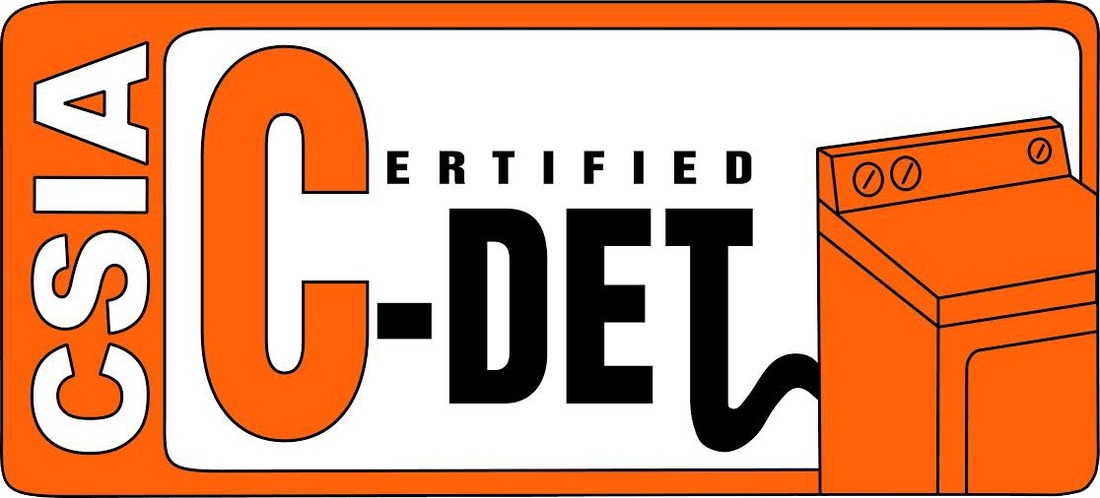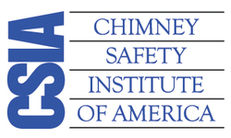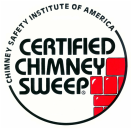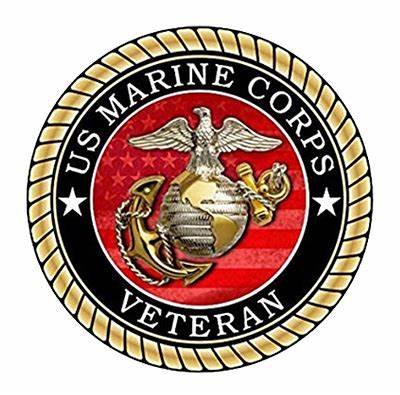Dryer Vent Cleaning and Installation
CLEANING THE VENT
CERTIFICATION IS IMPORTANT
In recent years dryer vents have become an increasing fire hazard. This is partly because more and more new homes are being built with the washer and dryer inside the home, far from an exterior wall…which usually means a very long clothes dryer vent! Every time you dry clothes, microscopic particles of lint get past the lint screen in the dryer and deposit themselves in the long dryer vent, eventually clogging the vent. With a clogged exhaust vent, the clothes dryer has a difficult time doing its job safely. According to the Consumer Product Safety Commission dirty and clogged dryer vents are responsible for over 15,000 fires each year in the United States.
Seven Facts About Clothes Dryer Exhaust Safety
1. According to manufacturer’s specifications and local codes, dryer ducts must be a minimum 4” in diameter and at least as large as the dryer outlet. 2. Unless otherwise specified by your dryer’s manufacturer or local code, the developed length of your dryer’s exhaust duct should not exceed 25 feet. (When determining developed length, each 90º turn adds 5 feet to the actual length.) 3. Dryer vents shall be independent of all other systems and terminate outdoors, not into a chimney, crawl space or attic. 4. Your outside dryer exhaust vent’s termination hood should be equipped with a back draft damper to ensure that the exhaust doesn’t come back in your home. 5. Metal transition ducts should be used between the dryer and the exhaust duct. 6. Flexible transition ducts should never be used in an attic, a crawl space, or inside a wall. 7. The CSIA Certified Dryer Exhaust Technician credential is the only nationally-recognized credential of its kind. |






